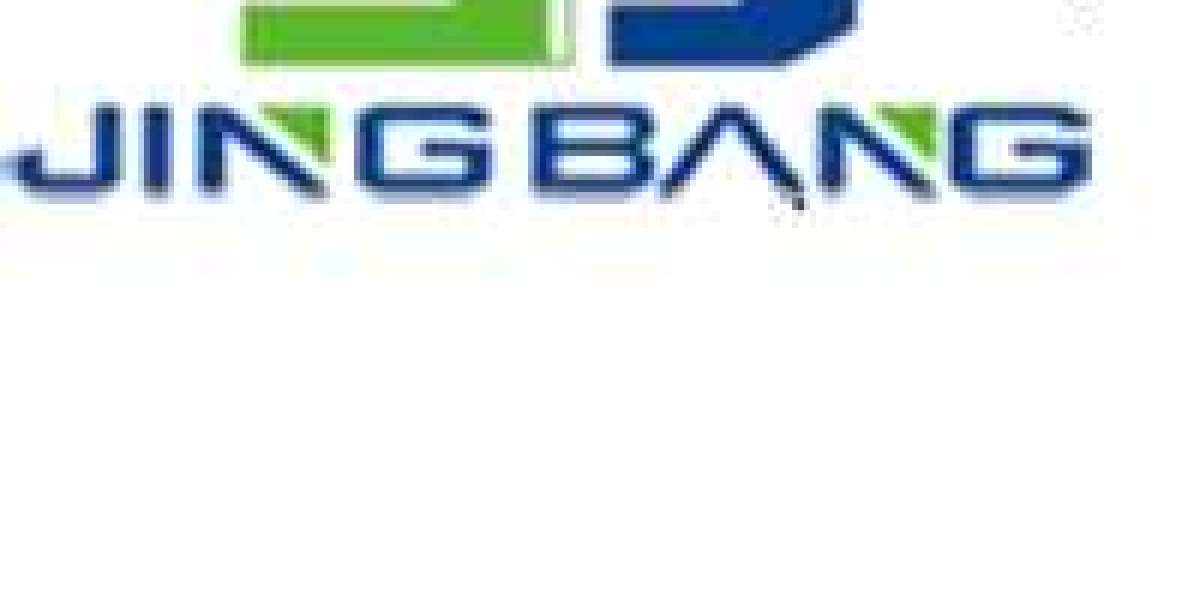Turpentine, a volatile essential oil extracted from pine resin, is widely used across various industries, from paints and varnishes to medicinal products and aromatherapy. Given its significance, understanding the price trends and forecasting its future value is crucial for businesses that rely on it. This blog provides a detailed turpentine price forecast report, offering insights into current trends, market analysis, and key factors influencing the market. Whether you are a manufacturer, investor, or end-user, this report will equip you with the information needed to make informed decisions.
Forecast Report
The Turpentine Price Forecast for the upcoming months shows a projected increase in prices, driven primarily by rising demand from the industrial and pharmaceutical sectors. As the world recovers from global economic disruptions, the production of turpentine is expected to stabilize, but demand may outpace supply, leading to price fluctuations.
Request For Sample: https://www.procurementresource.com/resource-center/turpentine-price-trends/pricerequest
Short-Term Outlook:
In the short term, turpentine prices are likely to experience moderate volatility due to fluctuations in raw material supply, especially in regions affected by extreme weather conditions or environmental regulations. However, a gradual increase in demand from key industries will likely push prices upward. Businesses should prepare for these short-term fluctuations by considering flexible procurement strategies and securing supply contracts in advance.
Mid-Term Outlook:
Looking at the mid-term forecast, we anticipate a steady upward trend in turpentine prices. The increasing adoption of turpentine derivatives in the pharmaceutical and fragrance industries is expected to be a major driver of this trend. Additionally, as the construction and automotive sectors continue to recover, the demand for turpentine-based paints and solvents is likely to contribute to price increases. This trend underscores the importance of market players securing their supply chains and possibly exploring alternative sources to mitigate the impact of rising costs.
Long-Term Outlook:
Over the long term, the turpentine market is expected to remain bullish, with prices potentially reaching new highs. The growing emphasis on sustainable and bio-based products will likely drive demand for natural turpentine, as opposed to synthetic alternatives. Furthermore, increasing regulatory pressure on the use of petroleum-based solvents is expected to enhance the attractiveness of turpentine. Market participants should focus on long-term strategic planning, including investments in sustainable sourcing and production technologies to remain competitive.
Market Analysis
The turpentine market is influenced by a combination of supply-side and demand-side factors. On the supply side, the availability of pine resin, the primary raw material, is subject to climatic conditions and geopolitical factors that can disrupt production. Regions such as North America, South America, and parts of Asia are key producers of turpentine. Any disruption in these areas can have a significant impact on global supply and pricing.
Demand-Side Drivers:
On the demand side, the turpentine market is driven by various industries, including paint and coatings, adhesives, pharmaceuticals, and aromatherapy. The growing trend towards natural and bio-based products has increased demand for turpentine, particularly in the pharmaceutical and fragrance industries. Additionally, the construction and automotive sectors’ recovery is expected to boost demand for turpentine-based products such as paints and varnishes.
Competitive Landscape:
The market is moderately fragmented, with several key players holding significant market shares. Companies in this space are increasingly focusing on expanding their production capacities and investing in research and development to improve product quality and explore new applications. Collaborations and partnerships among companies, particularly for sustainable sourcing and production, are also becoming common as the industry looks to reduce its environmental footprint.
Regulatory Environment:
Regulatory factors also play a crucial role in the turpentine market. With increasing global emphasis on environmental sustainability, there are stricter regulations governing the extraction and processing of turpentine. These regulations can impact production costs and, consequently, market prices. Companies need to stay informed about regulatory changes and adapt their operations to comply with new standards.
Latest News
The turpentine market has seen several significant developments in recent months, which are likely to impact prices in the near term. Here are some of the latest news highlights:
Environmental Regulations Tightened:
Several countries, including those in the European Union, have introduced stricter environmental regulations on the production and processing of turpentine. These regulations are aimed at reducing the environmental impact of turpentine extraction, particularly in regions where deforestation and unsustainable practices have been a concern. This move is expected to increase production costs, thereby putting upward pressure on prices.Increased Demand from the Pharmaceutical Industry:
There has been a noticeable increase in demand for turpentine from the pharmaceutical sector, particularly for use in the production of natural medicinal products and as a solvent in drug formulation. This growing demand is expected to drive prices higher, especially as pharmaceutical companies continue to prioritize natural ingredients in their products.Technological Advancements in Production:
Recent advancements in production technologies have enabled more efficient extraction and processing of turpentine. These technologies not only improve yield but also reduce waste and environmental impact. Companies that adopt these innovations are likely to gain a competitive edge, particularly in markets with stringent environmental regulations. While these advancements may lead to cost savings in the long term, the initial investment costs could contribute to short-term price increases.Supply Chain Disruptions:
The turpentine market has also been impacted by supply chain disruptions, particularly in regions affected by geopolitical tensions and natural disasters. These disruptions have led to temporary shortages, causing price spikes. Businesses that rely on turpentine are advised to monitor these developments closely and consider diversifying their supply sources to mitigate risks.Emerging Markets:
The demand for turpentine is growing in emerging markets, particularly in Asia-Pacific, where rapid industrialization and urbanization are driving demand for paints, coatings, and adhesives. As these markets continue to develop, they are expected to play a significant role in shaping global turpentine prices.
Contact Us:
Company Name: Procurement Resource
Contact Person: Endru Smith
Email: sales@procurementresource.com
Toll-Free Number: USA Canada - Phone no: +1 307 363 1045 | UK - Phone no: +44 7537 132103 | Asia-Pacific (APAC) - Phone no: +91 1203185500
Address: 30 North Gould Street, Sheridan, WY 82801, USA
Website: https://www.procurementresource.com/








